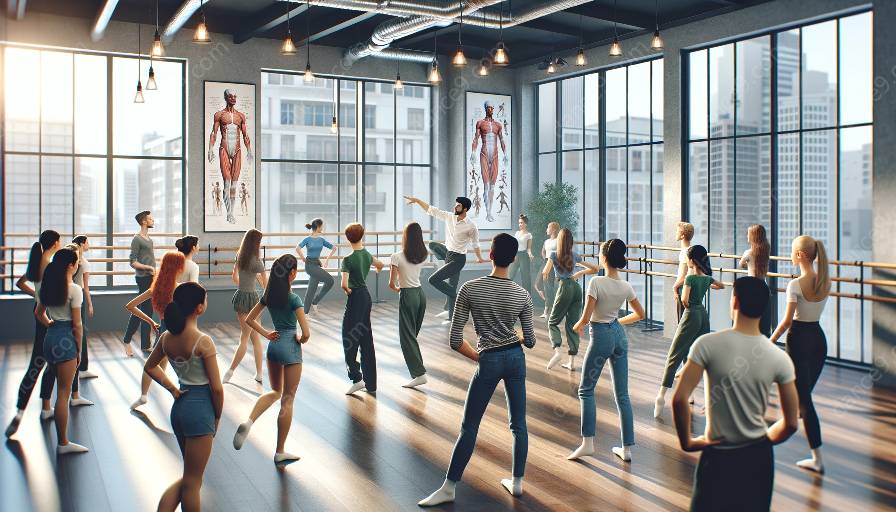Dance teaching encompasses a rich array of methodologies that cater to diverse learning styles, making dance education and training an exciting and dynamic field. Understanding how to address diverse learning styles in dance teaching is crucial for fostering inclusive and effective dance instruction.
Introduction to Diverse Learning Styles in Dance Teaching
Dance, as an art form, presents an opportunity for individuals to express themselves in various ways. As such, it is essential for dance educators to recognize and accommodate the diverse learning styles of their students. Visual, auditory, kinesthetic, and tactile learners are among the spectrum of learning styles commonly found in dance classrooms.
Visual Learners
Visual learners thrive on observing and imitating movements. To support visual learners, dance educators can utilize demonstration and visual aids, such as videos and diagrams, to communicate choreography and technique effectively.
Auditory Learners
Auditory learners best understand through listening and verbal instruction. Incorporating verbal cues, rhythm counting, and musicality analysis can enhance the learning experience for auditory learners in dance classes.
Kinesthetic Learners
Kinesthetic learners learn best through movement and physical experiences. For these learners, providing ample opportunities for practice, exploration of space, and tactile feedback is vital to their understanding and retention of dance concepts.
Tactile Learners
Tactile learners learn through touch and manipulation. Incorporating props, tactile materials, and partner exercises can engage tactile learners and deepen their understanding of dance movements and connections.
Integrating Methods in Dance Teaching to Address Diverse Learning Styles
Effective dance teaching methodologies are flexible and adaptive, allowing instructors to tailor their approaches to accommodate diverse learning styles. Incorporating a blend of visual, auditory, kinesthetic, and tactile elements in dance instruction enables students to engage and learn in ways that resonate with their individual preferences.
Visual-Auditory-Kinesthetic-Tactile (VAKT) Model
The VAKT model acknowledges the overlap of various learning styles and provides a framework for holistic dance teaching. By integrating visual, auditory, kinesthetic, and tactile elements seamlessly, educators can create comprehensive and inclusive learning experiences that cater to the diverse needs of their students.
Adapting Dance Education and Training Programs
Dance education and training programs can be enhanced by incorporating accommodations for diverse learning styles. From curriculum design to assessment strategies, ensuring that multiple learning modalities are represented can lead to more effective and equitable dance education outcomes.
Embracing Inclusivity in Dance Teaching
Embracing diverse learning styles in dance teaching not only benefits students with specific preferences, but it also fosters an inclusive and supportive learning environment. By recognizing and responding to the varied ways in which individuals learn, dance educators can empower all students to explore, grow, and excel in their dance journeys.
Addressing diverse learning styles in dance teaching is an ongoing endeavor that requires dedication, creativity, and an openness to continuously evolving teaching practices. By prioritizing inclusivity and adaptability, dance educators can enrich the educational experience of their students and contribute to the advancement of dance education as a whole.















